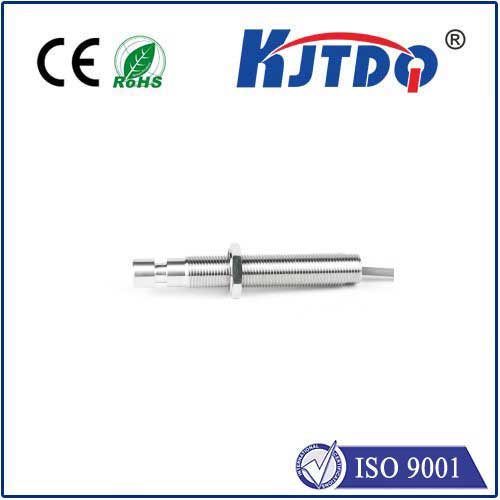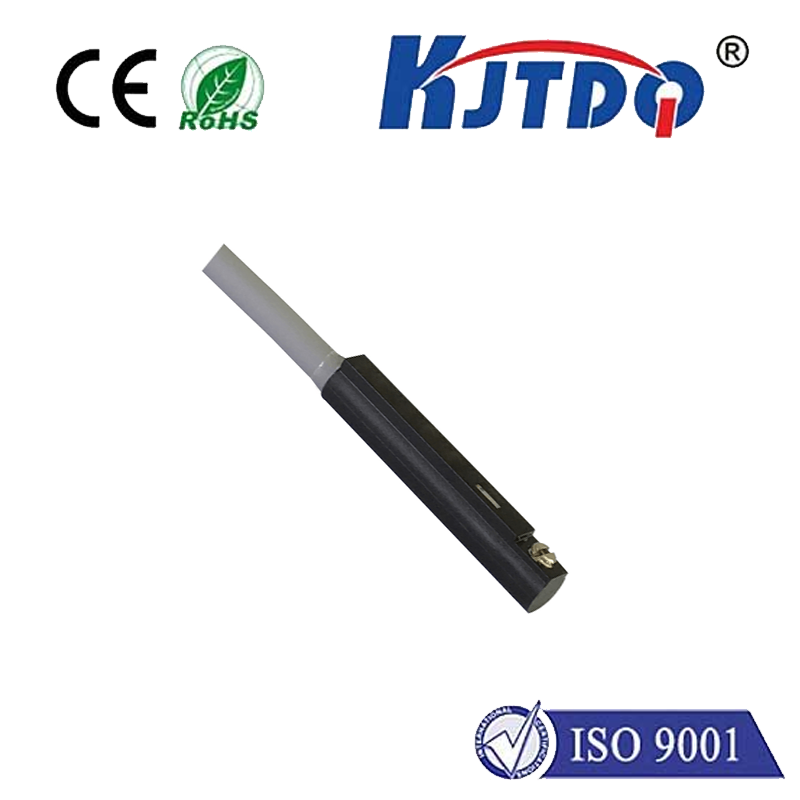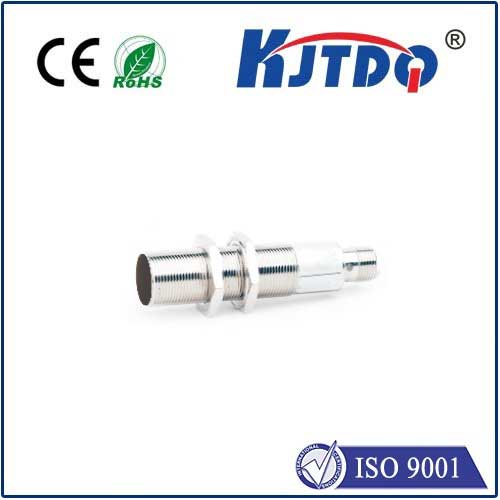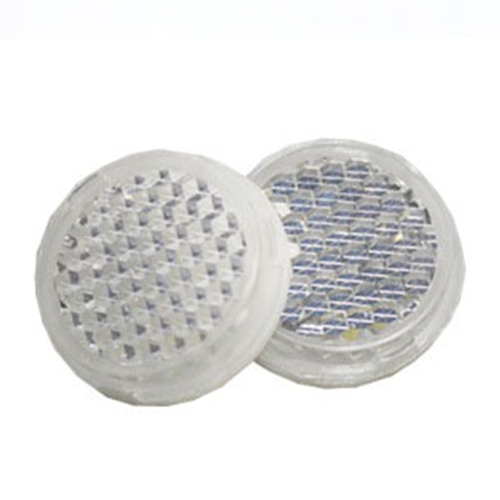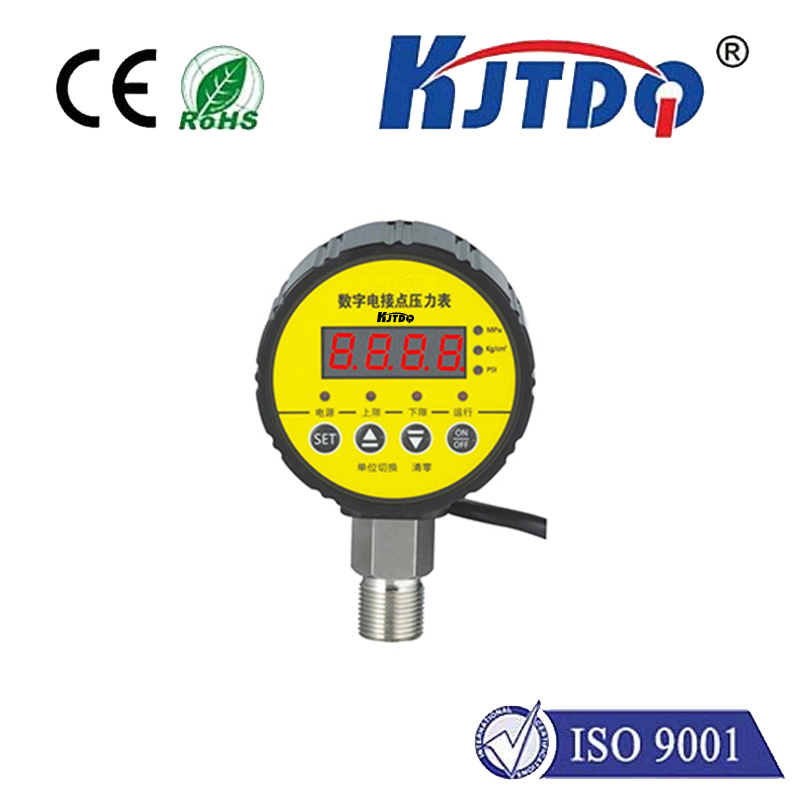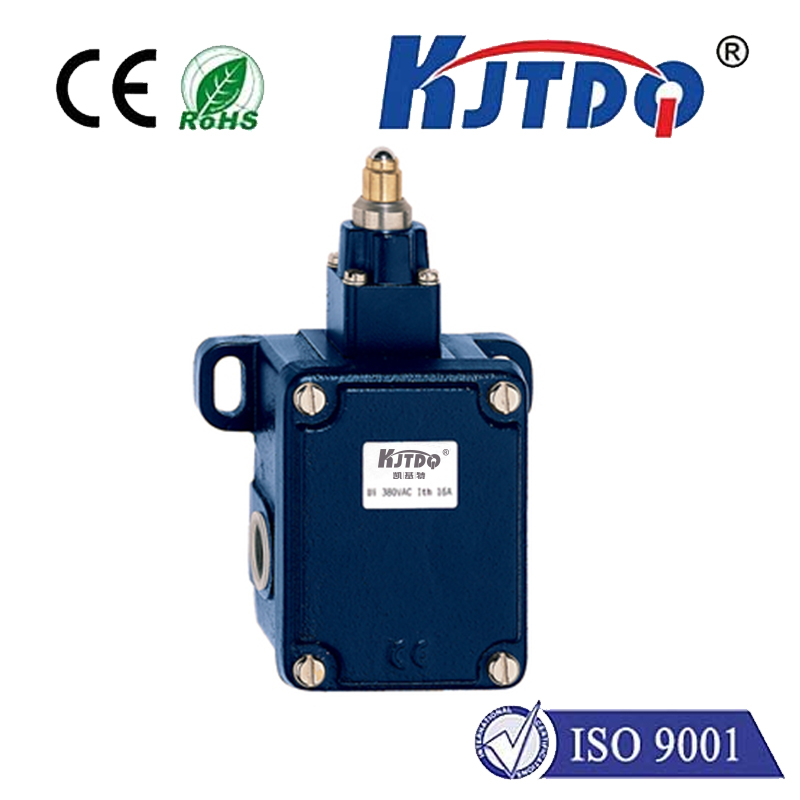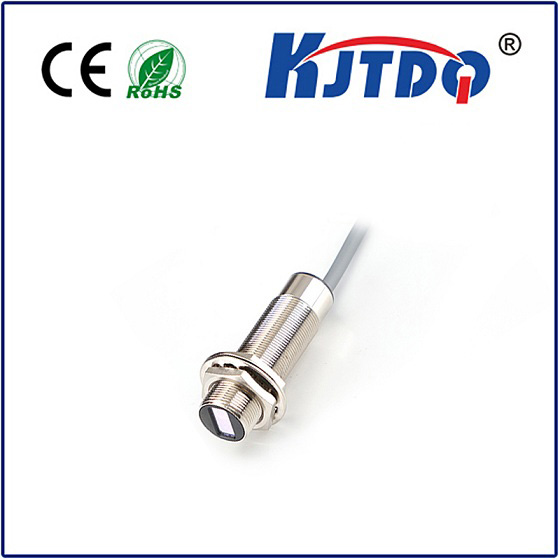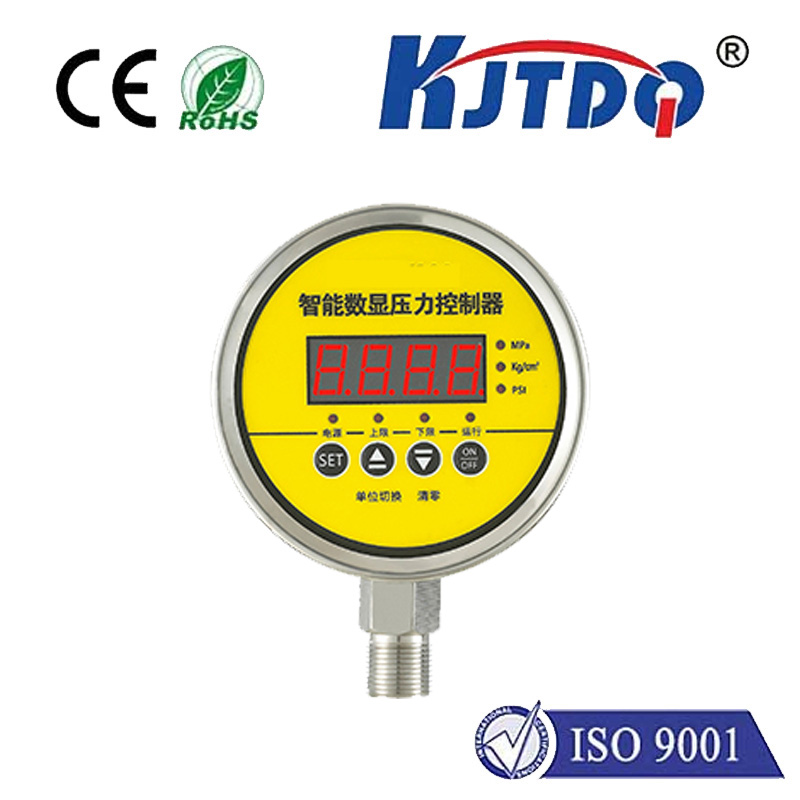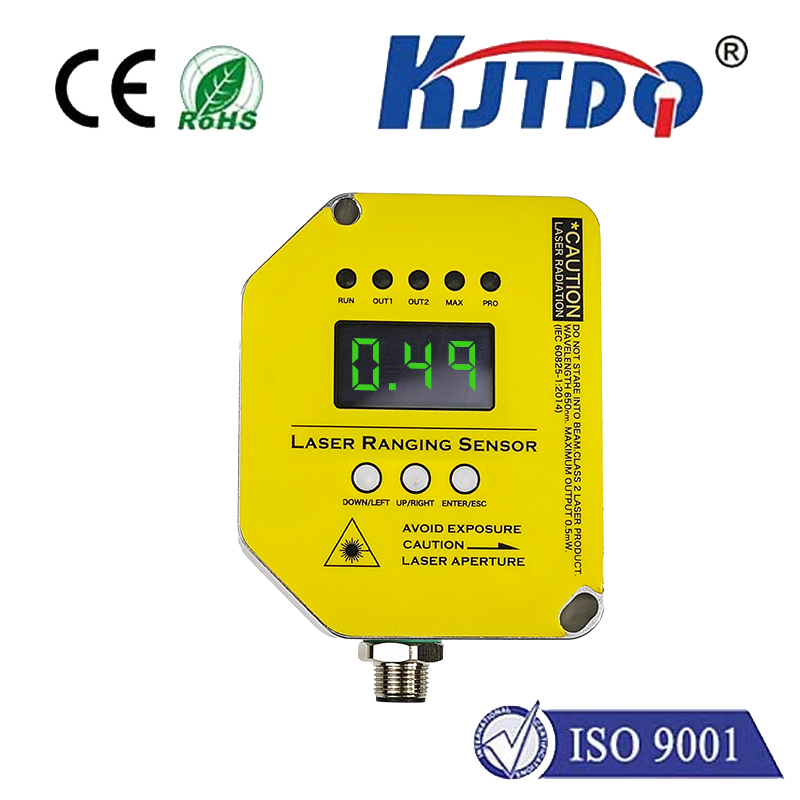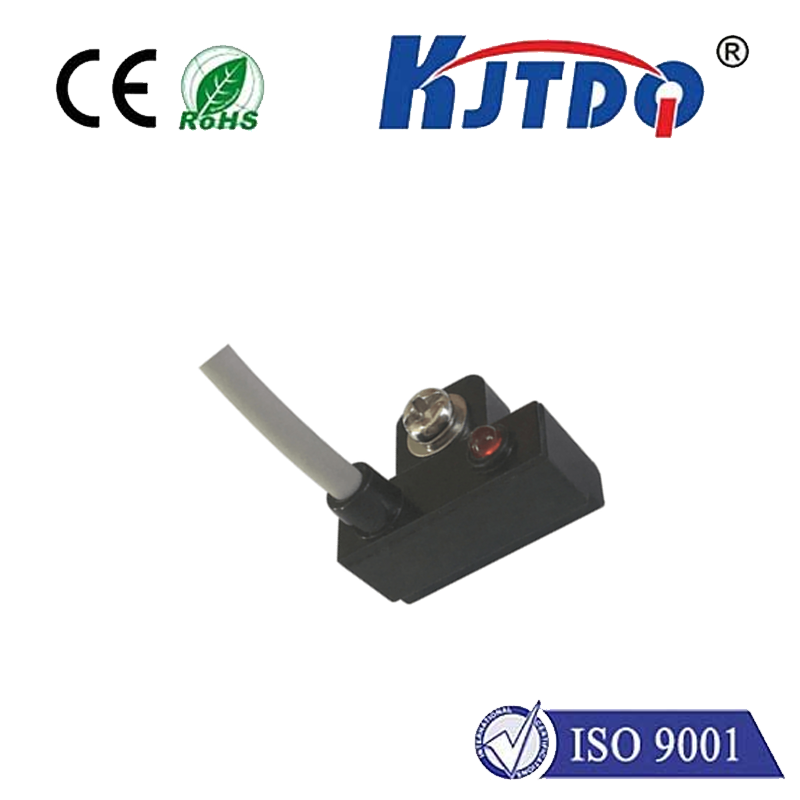E3FC-RP21 reflective proximity sensor
- time:2025-10-09 13:00:50
- Click:0
E3FC-RP21 Reflective Proximity Sensor: Precision Sensing Simplified Across Industries
Ever need a sensor that reliably detects objects without direct contact, even in reflective or challenging environments? Welcome to the world of the E3FC-RP21 reflective proximity sensor. This compact yet powerful device is a cornerstone technology in countless industrial automation, packaging, and material handling applications, offering a unique blend of simplicity and performance.
Unlike through-beam sensors requiring separate emitter and receiver units, or diffuse sensors detecting reflected light directly from the target, the E3FC-RP21 operates on a reflective principle. It cleverly houses both an infrared light emitter and a photoelectric receiver within its single, rugged housing. The emitter projects an invisible beam outwards. This beam strikes a dedicated reflector strategically positioned opposite the sensor. The receiver constantly monitors this reflected light beam. When an object moves into the sensing path between the E3FC-RP21 and its reflector, it interrupts this beam. The receiver detects this interruption, triggering the sensor’s output state change – a vital signal for machine logic.
This operating principle confers several distinct advantages making the E3FC-RP21 highly sought-after:

- Simplified Setup & Cost Efficiency: Eliminating the need for separate wiring and alignment of emitter/receiver units drastically reduces installation complexity and time. Only one sensor unit needs to be mounted and wired, and one reflector placed opposite it. This translates to significant cost savings.
- Extended Sensing Range: Compared to diffuse sensors, reflective models like the E3FC-RP21 can achieve much longer sensing distances. While specific models vary, reflective sensors can often operate reliably over distances several times greater than equivalent diffuse sensors, thanks to the efficient return of light from the reflector. The sensing distance is fundamentally determined by the gap between the sensor and its reflector.
- Improved Reliability on Challenging Targets: Diffuse sensors can struggle with objects that are dark, non-reflective, or have varying surface finishes, as they rely on light bouncing directly back from the target. The E3FC-RP21, however, uses a separate, high-efficiency reflector. This means the sensor’s performance is largely immune to the color, texture, or reflectivity of the target object itself. So long as the object is opaque and physically interrupts the beam, the sensor will detect it reliably. This makes it ideal for applications involving diverse materials like cardboard boxes, plastic totes, wooden pallets, or metal parts.
- Compact Design: Packing both emitter and receiver into one housing results in a small footprint, vital in space-constrained machinery.
- Environmental Suitability: Designed for industrial environments, the E3FC-RP21 typically features robust construction offering resistance to ambient light interference, mild dirt, and dust ingress (often rated IP67), ensuring reliable operation even on busy factory floors. The standard model is rated for detection distances up to 2 meters.
Where does the E3FC-RP21 shine? Its versatility is immense:
- Conveyor Line Object Presence/Absence: Detecting boxes, packages, or products moving on a conveyor belt to trigger counters, diverters, or stops. Its immunity to object color is crucial here, especially with mixed SKUs. Detecting the leading or trailing edge of packages for precise timing is common.
- Position Verification: Confirming if a pallet is present at a loading station, a tray is seated correctly in a machine, or a component has arrived at the correct machining stage.
- Tray/Pallet Detection: Sensing the presence or absence of trays or pallets entering or exiting automated storage systems, stackers/destackers, or robotic cells.
- Machine Guarding: Monitoring safety guard doors, light curtains, or access hatches to ensure they are closed before machine operation commences (though dedicated safety sensors are preferred for critical safety functions).
- Fill Level Control: Detecting the presence of objects or materials within bins or hoppers at specific height thresholds to prevent overfilling or initiate refilling sequences.
- Packaging Machinery: Verifying flap closure on cartons, box presence in sealers, or the position of components in assembly stations.
Key Specifications to Note (Always Consult the Datasheet):
- Sensing Principle: Reflective (with Separate Reflector)
- Light Source: Infrared LED (invisible to the human eye)
- Output Configuration: Common models feature NPN output (sourcing or sinking varies; check datasheet). This solid-state output integrates seamlessly with PLCs (Programmable Logic Controllers).
- Sensing Distance: Defined as the maximum distance between the sensor face and the reflector for reliable operation (e.g., 0.1m to 3m models exist; verify the specific E3FC-RP21 variant’s range - 2m is typical). The object needs only to break the beam within this gap.
- Response Time: Very fast, suited for high-speed applications.
- Environmental Protection: Typically IP67 rating, offering dust resistance and protection against temporary water immersion.
- Connection: Often features a quick-disconnect cable design for easy installation and maintenance.
- Indicator Lights: Usually includes power (red) and output activity (yellow) LEDs for visual status feedback.
Choosing the Right Sensor:
While the E3FC-RP21 reflective proximity sensor offers significant benefits, it’s not the universal solution. For very short ranges or where reflectors aren’t feasible, a diffuse sensor might be better. For detection requiring the longest possible range or through transparent obstacles, a through-beam sensor is ideal. Consider the target object properties, required sensing distance, environmental conditions, and electrical interface needs.
Integrating the E3FC-RP21:
Mounting is straightforward – securely attach the sensor housing aiming precisely at its corresponding reflector. Ensure the reflector is clean and aligned correctly. Connect the wiring according to the datasheet, paying close attention to NPN wiring (brown = +V, blue = 0V, black = output) and ensuring compatibility with your controller’s input type (sinking or sourcing). Utilize the indicator LEDs for troubleshooting: a lit red LED confirms power, while the yellow LED indicates output activation when the beam is interrupted.
The E3FC-RP21 reflective proximity sensor stands as a testament to engineering simplicity delivering robust performance. Its unique blend of longer range, target independence, easy installation, and compact industrial design cements its place as a go-to solution for reliable object detection across countless automated processes. When you need a dependable, cost-effective way to detect the presence or absence of items reliably over a distance in demanding settings, the E3FC-RP21 is a technology workhorse definitely worth considering. Its ability to ignore surface variations and function consistently makes it a trusted choice for engineers seeking reliable automation signals.






